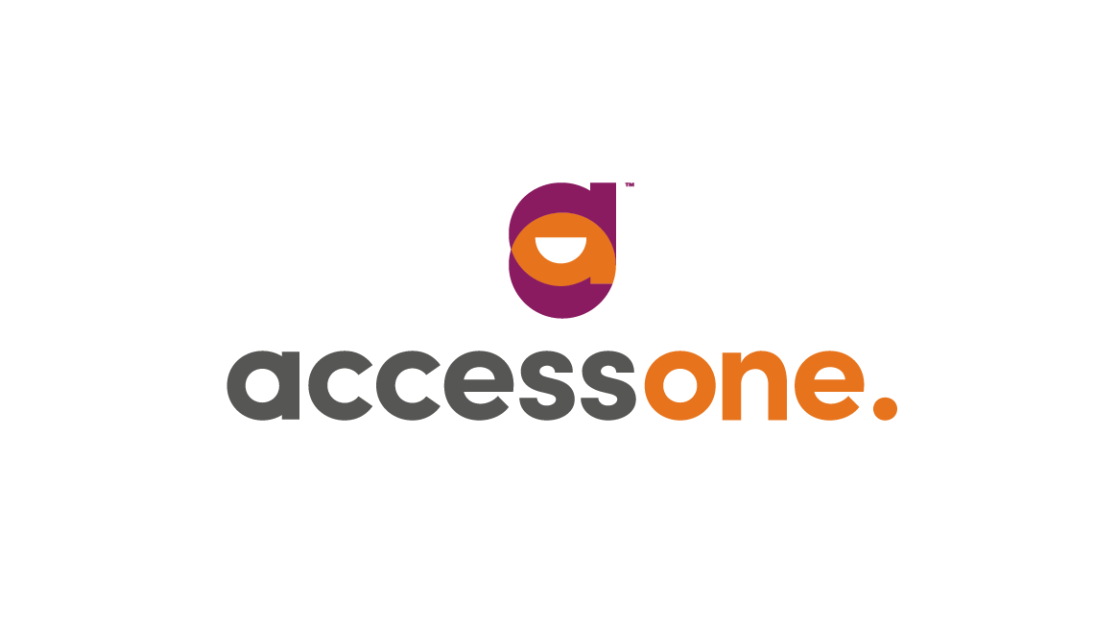
Telehealth’s advantages, myths and impact on health care equity
Telehealth services have rapidly gained popularity in recent years, reshaping the way health care is delivered and accessed. Dr. Michael Ruebhausen, plastic surgeon, shares insights on the advantages and barriers of telehealth services, discusses common myths and highlights its transformative impact on health care equity and patient satisfaction.
Advantages of Telehealth:
- Unparalleled Convenience: “One of the big benefits is that people have a super computer in their pocket now,” Dr. Ruebhausen said. “This is granting them access to clinical consultations from the comfort of their homes.”
- Accessibility for Busy Patients: Telehealth accommodates patients with busy work schedules. Dr. Ruebhausen notes that many of his patients have jobs that make it difficult to take time off for in-person visits, making telehealth a valuable alternative.
- Flexibility in Care: Telehealth provides flexibility in every aspect of health care, from scheduling appointments to accessing specific medical expertise. This flexibility enhances patient engagement and overall health care outcomes. “I am able to consult on more than 25 different patient diagnoses via telehealth. A lot of times I’ll see these photos ahead of time, which allows me to discuss the plan of action with the patient without having to remove bandages.”
Barriers of Telehealth:
- Digital Divide: Older populations may struggle to use smartphones or computers effectively, and individuals living in rural areas may lack consistent internet access. In-person visits often offer valuable educational opportunities to prepare patients for follow up telehealth visits. Dr. Ruebhausen mentions that he likes to educate patients during in-office visits about telehealth and how to use it, which can lead to a smooth telehealth follow up visit.
- Trust Issues: Trust can sometimes be an issue with telehealth. However, Dr. Ruebhausen emphasizes that trust can be built over time through regular visits and clear communication during telehealth appointments.
- Limitations: While telehealth is versatile, it still has its limitations. Some diagnoses and treatments require in-person consultations, but telehealth can complement these visits, reducing the need for patients to travel long distances for all visits. Dr. Ruebhausen says, “You’d be surprised how many patients we’re able to diagnose or see with follow ups via telehealth to save them from driving a couple hours just to say everything looks good and be on the way.”
Myths About Telehealth:
- Fear of the Unknown: Telehealth is hard. A common myth of telehealth is that you have to be tech savvy and have expensive equipment. In reality, most smartphones and computers make telehealth very easy to use. Dr. Ruebhausen suggests that as people become more accustomed to telehealth, they discover its many benefits.
- Loss of Productivity: Concerns about reduced productivity with telehealth are relatively “few and far between” when healthcare providers prepare patients adequately for virtual visits.
- Communication is Key: Patients might think, “I won’t get to see my doctor” or “It’s not a real doctor’s visit”. Dr. Ruebhausen stresses that effective communication is vital, even in telehealth. “Your staff goes a long way in making this work”. Keeping patients informed, especially when appointments are delayed, fosters trust and understanding.
Impact on Health Care Equity:
Telehealth has made significant strides in addressing health care equity. Dr. Ruebhausen points out that the financial constraints and transportation barriers that once hindered access to health care have been significantly reduced due to telehealth. Smartphones, now accessible to many, have broken down geographical barriers, ensuring more people can access quality health care services.
Patient Satisfaction:
While in-person visits remain essential in some cases, patients appreciate the flexibility and convenience offered by telehealth. Dr. Ruebhausen cites an example of a patient who had a new job and couldn't take time off work for his appointment. He was grateful for the opportunity to have a telehealth visit.
Telehealth services continue to shape the future of health care, providing both patients and providers with unprecedented advantages while gradually breaking down myths and improving health care equity. As the health care landscape evolves, telehealth is at the forefront of this transformation, making quality health care more accessible to all.



